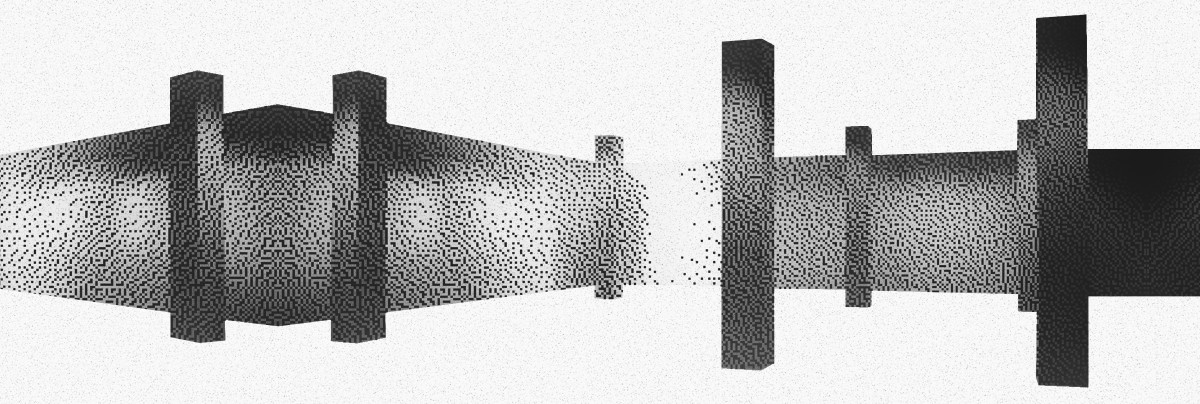ABOUT
EXHIBITION HALLS “TITANIKAS” OF VILNIUS ACADEMY OF ARTS
The year 2009 marked the official opening of the Exhibition Halls “Titanikas” of Vilnius Academy of Arts. A new VAA unit that houses a number of academic departments, lecture halls as well as an arts and science lab was opened in a solemn ceremony in a reconstructed building which was formerly used as a printing house. The property, which was on the brink of falling apart, housed an art centre “Intro” from 2003 to 2007. The upper floors provided studio space for the squatting artists, and in spring months, the undergraduate and graduate students of arts used to defend their diploma works there. The property was also used by students to exhibit their works during Student Art Days. Because of its dilapidated condition, the gloomy building was known by the moniker “Titanic”. The clerical title, i. e. the D block, did not stick so to this day, the refurbished building is still, even officially, referred to by a more humorous and fitting name. The Exhibition Halls “Titanikas” of Vilnius Academy of Arts stretch across two floors (the total floor area is approx. 500 sq. metres). The Halls can host several exhibitions of different artists or curators, all at the same time. Under the same roof is the Academy’s Museum which contains the works of fine art, graphic works, sculptures, textiles, ceramics, and media art works (the major portion of them consists of students’ course projects and diploma works).
The VAA Exhibition Halls “Titanikas” develop their exhibition activities in two directions. The key priority is the presentation, dissemination and promotion of the works of the community of the Academy, i. e. students and teachers (both current and former). These exhibition spaces host the defence sessions of students’ diploma works. Moreover, curated exhibitions of the works of graduates and doctoral students in arts and design are organised in these exhibition halls each year. The promotion of the initiatives by young graduate artists who are at the early stages in their career are also part of the policy goals of the “Titanikas” Halls. The gallery also serves an educational mission by holding retrospective historical exhibitions the forms of which refer to the developments in art history, prominent figures in art and renowned classical artists and which target not only academic needs but also those of the general public. This strategic aspect relates to the aspiration to take part in today’s relevant art and design processes. Finally, another task of the “Titanikas” Exhibition Halls is the promotion of international, inter-academic relations and exhibition exchange by providing space to our foreign colleagues – independent artists and colleagues from higher art education institutions with whom we maintain collaborative relationships.




